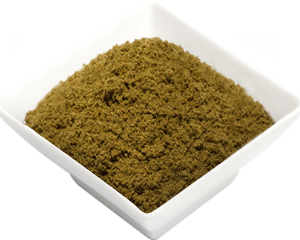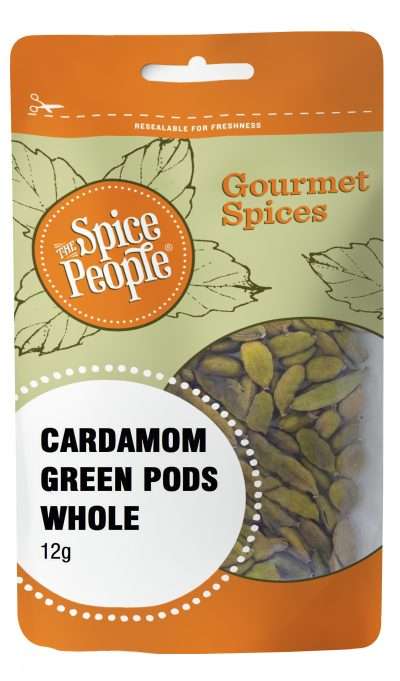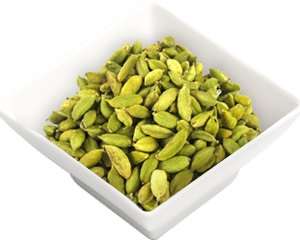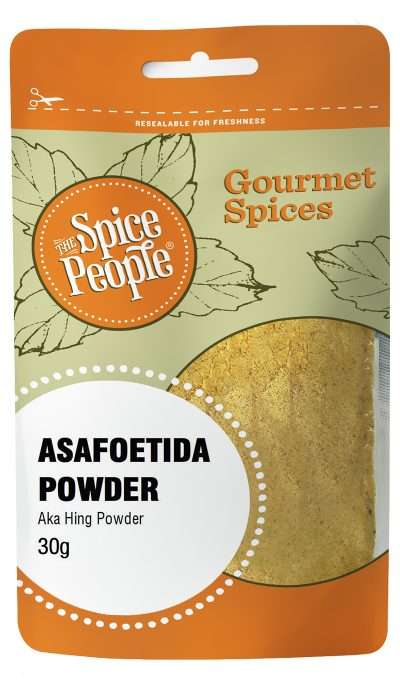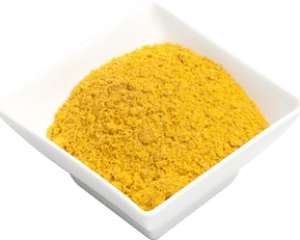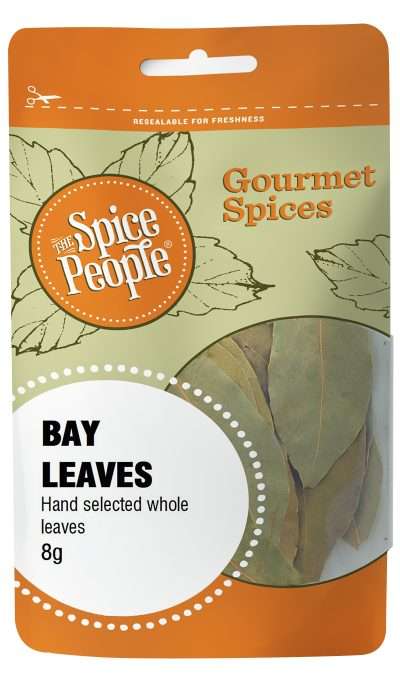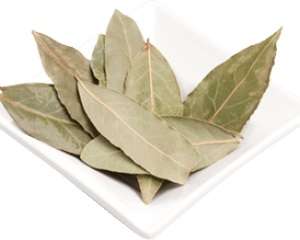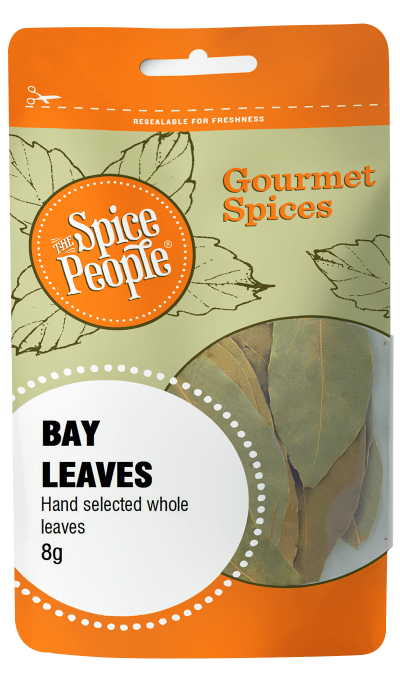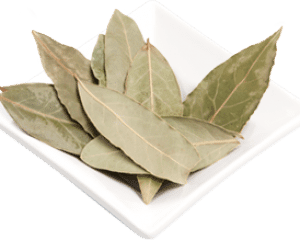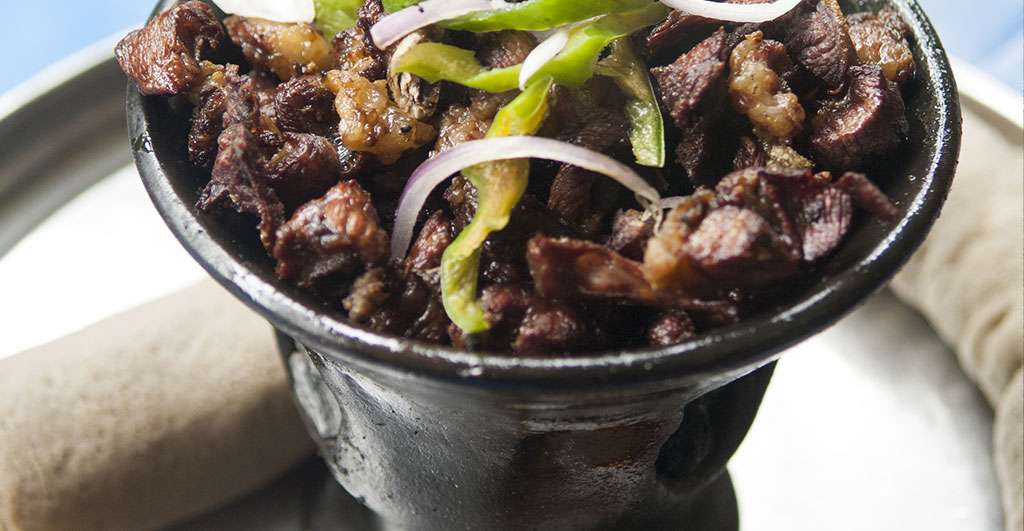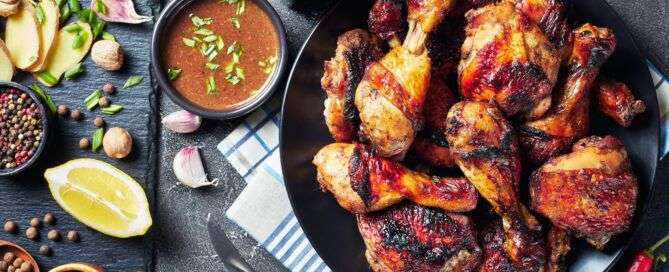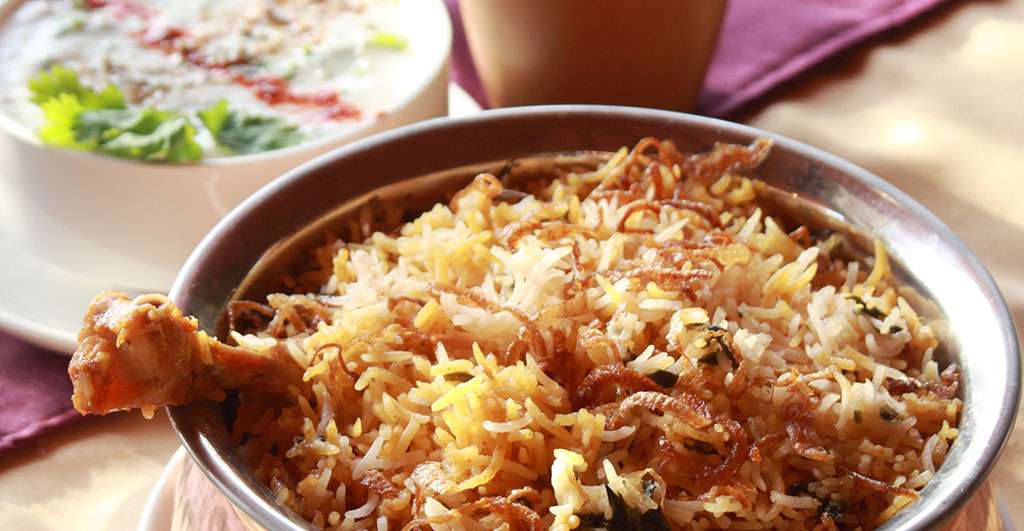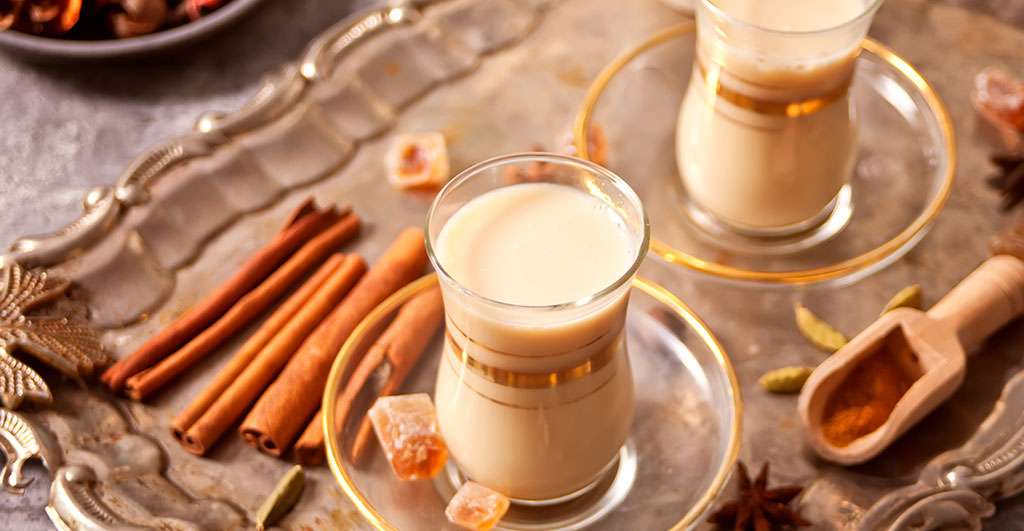Lemon Myrtle australian native – 15g
330 in stock
Product description
Lemon Myrtle is a very popular citrus-fragranced spice that is native to the wetter coastal areas in the northern New South Wales and southern Queensland. It is distinguished by its fresh fragrance of creamy lemon and lime and has a very versatile lemony and tangy flavour. It complements many dishes like fish, chips, chicken, roast vegetables and ice cream or sorbet.
Flavour Notes:
With a fresh fragrance of creamy lemon and lime and a very versatile lemony and tangy flavour, Lemon Myrtle is native to Australian soil with a wonderful citrus flavour and aroma.
Culinary Notes:
Lemon Myrtle compliments many dishes such as fish, chips, chicken, roast vegetables and ice cream or sorbet. The leaves have quite an intense flavour, so add in small quantities. You can also brew in hot water to make a soothing, restorative herbal tea.
Health Benefits:
The lemon myrtle leaves contain many essential oils that have antimicrobial compounds. Lemon myrtle also is a powerful antioxidant and anti-virus agent. It is high in minerals like calcium, zinc and magnesium, and it has a healthy helping of vitamins A and E. One of its modern applications is for treating throat disorders, due to infection or irritation.
Ingredients:
100% dried Lemon Myrtle leaves
Country of origin:
Australia
Other names or spelling:
Lemon Ironwood, Sweet Verbena Tree, Sand Verbena Myrtle, Tree Verbena, Backhousia citriodora, sweet verbena myrtle, lemon scented verbena, and lemon scented backhousia.
How to use
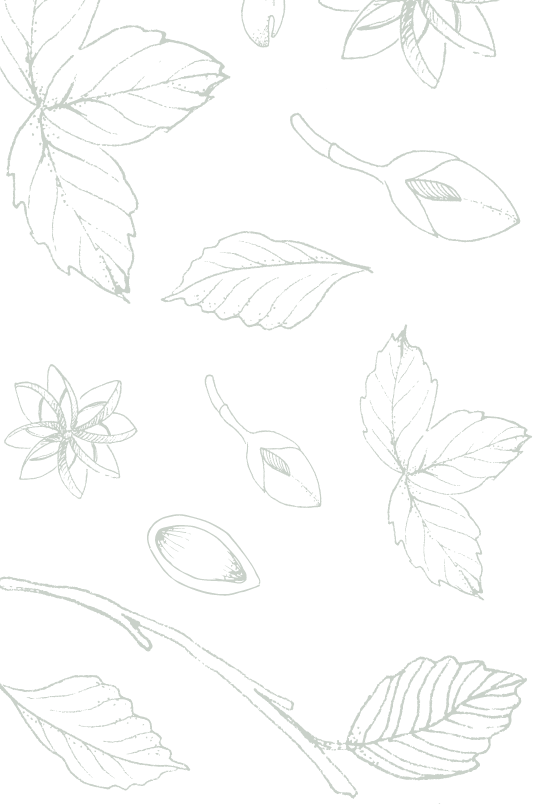
The Spice People FAQs


The Spice People FAQs

Other Spices you may like
Featured in



Join the Spice People to Get Started on Your Culinary Spice Journey!
Be the first to hear about our exclusive promotions, new product releases, recipes and more.

